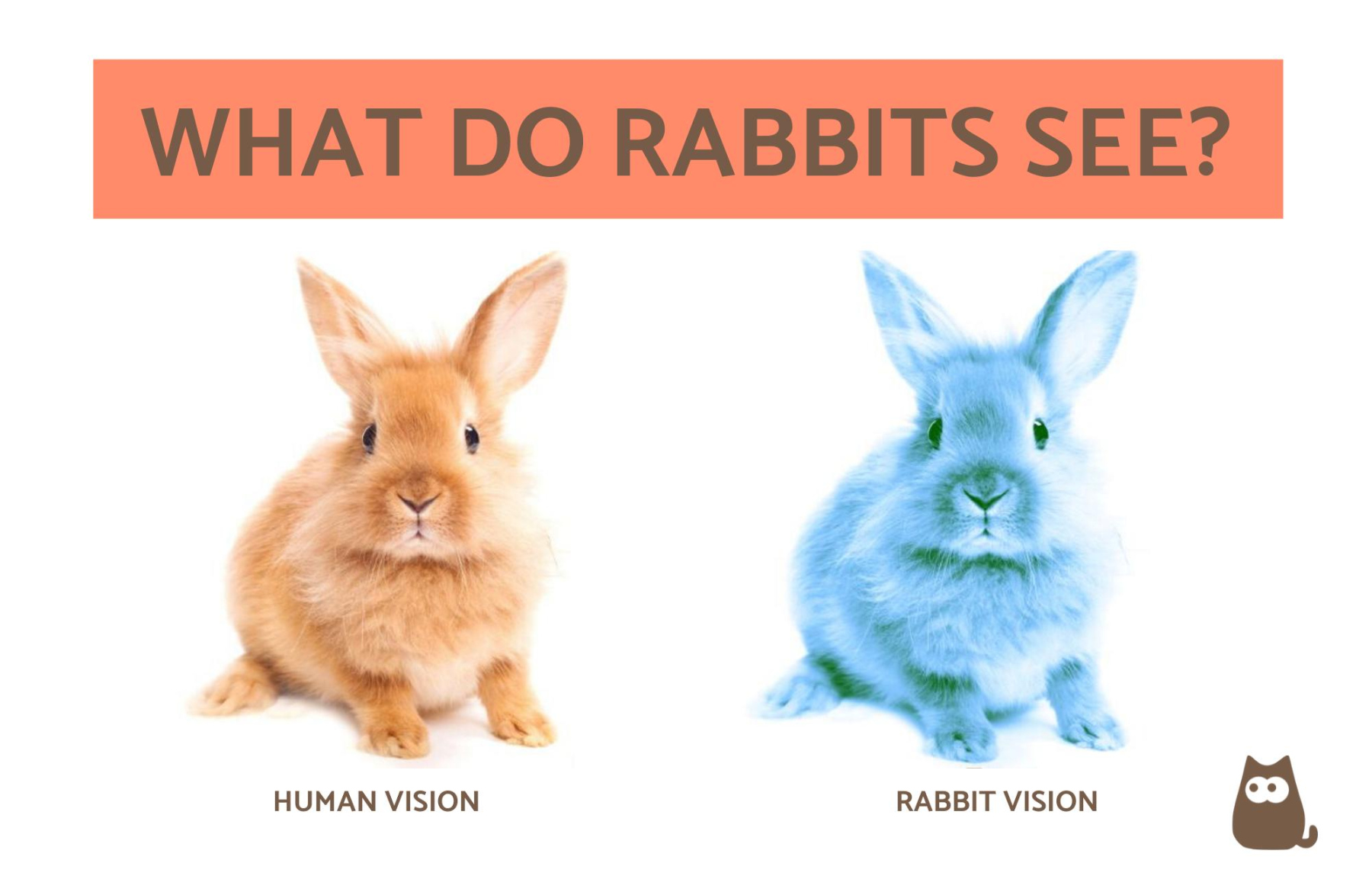Can Rabbits See Colors?
When it comes to the vision of rabbits, there has been much speculation and curiosity. Many individuals wonder if rabbits can see colors or if they have limited vision. In this article, we will delve into the topic of rabbit vision and provide insights into their color perception.

Rabbit Vision Basics
Rabbits have a unique set of eyes that are positioned on the sides of their heads. This placement grants them a wide field of vision, allowing them to see what is happening around them without the need to turn their heads. However, their vision range is not as extensive as that of humans. Rabbits have a field of vision of approximately 190 degrees, whereas humans have a range of around 270 degrees.
Rabbits also possess a field of view that slightly overlaps, allowing them some degree of binocular vision. This characteristic provides them with depth perception, which is essential for their survival in the wild. With binocular vision, rabbits can accurately judge distances and perceive objects in three dimensions.
Color Perception in Rabbits
Contrary to popular belief, rabbits are not colorblind. They can perceive certain colors but their spectrum of vision differs from that of humans. While humans have trichromatic vision, which means they can see a wide range of colors, rabbits have dichromatic vision.
In simple terms, this means that rabbits can only perceive two primary colors, namely blue and green. They lack the ability to see the color red. Therefore, when it comes to distinguishing between red and green objects, rabbits will perceive them as different shades of green. This limitation in their color perception affects their ability to differentiate between certain objects in their surroundings.
How Does Their Vision Affect Their Daily Life?
The limited color spectrum of rabbits can impact various aspects of their daily lives. Here are a few ways in which their vision affects them:
- Camouflaging: Rabbits have evolved to blend into their environment. With their dichromatic vision, they can perceive greens and blues more vividly. This ability helps them identify suitable places to hide from predators, as many plants and foliage appear green to them.
- Mating Rituals: Rabbits rely on visual cues during their mating rituals. While they cannot fully perceive the vibrant colors of their surroundings, they can still differentiate between different shades of green. These visual cues play a crucial role in the courtship and mating behaviors of rabbits.
- Food Selection: Rabbits have a special affinity for green and leafy vegetation. Their dichromatic vision helps them identify fresh and nutritious food sources. By perceiving shades of green more prominently, they can locate suitable plants to eat, ensuring their diet remains well-balanced.
FAQs (Frequently Asked Questions)
1. Can rabbits see in the dark?
Rabbits have excellent night vision. Their eyes are adapted to low-light conditions, enabling them to navigate their surroundings even in darkness. However, their vision is not as clear in complete darkness as it is during daylight.
2. How far can rabbits see?
Rabbits have a visual range of approximately 30 to 50 meters. This range allows them to have a clear view of their surroundings and detect any potential threats from a distance.
3. Do rabbits have better vision than humans?
No, rabbits do not have better vision than humans. While they have certain visual advantages, such as a wider field of view and better night vision, humans have a wider range of colors they can perceive.
4. Can rabbits see ultraviolet light?
Yes, rabbits have the ability to see ultraviolet (UV) light. This capability helps them detect certain patterns on flowers and foliage, aiding them in food selection and locating potential mates.
In conclusion, rabbits have a unique vision that is adapted to their environment and lifestyle. While they can perceive colors to some extent, their vision is dichromatic, limited to blue and green. This limited color perception affects various aspects of their daily lives, from finding food to blending into their surroundings. Understanding the visual capabilities of rabbits allows us to gain a deeper appreciation for these fascinating creatures.
Related Articles…
Copyright Notice:
This website utilizes images found online, all copyrights are retained by their original owners. If you would like an image removed, kindly contact us.